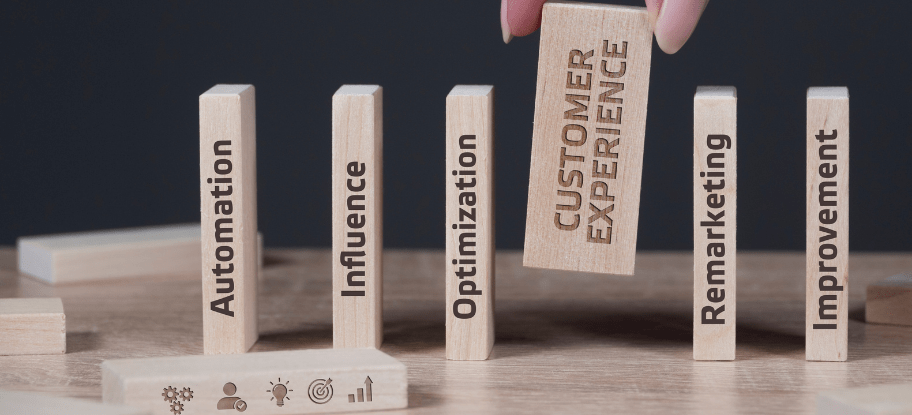What role does Customer Experience (CX) play within different departments of a business to business organization and how is CX included in the strategy? Which developments are relevant and what needs to be worked on to optimize the customer experience? To answer these questions, SalesQ surveyed various B2B organizations about the importance of CX within their organization based on nine statements. In this blog we explain the results.
We spoke to managers from 30 different organizations, mostly decision makers in the role of CX management, customer success management or similar positions. The respondents work in the Retail, E-Commerce, Automotive, Financial Services, Telecom and IT sectors. With the interviews we wanted to better understand what is going on with these organizations in the field of CX. In which phase are you on the way to the ultimate customer experience, and to what extent are there similarities and differences between the various sectors?
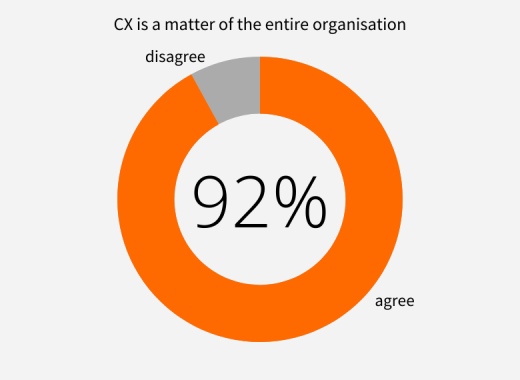
CX a business for everyone in the company
A majority agree with the statement that CX belongs to everyone in the company. However, CX is not always a permanent part of the company culture. Therein lies the challenge. Many organizations are aware that the customer must be central: CX is important for the entire supply chain. From the first contact with a prospect, to the purchase process up to and including delivery and after sales. Those surveyed see CX as a unique experience to provide to a customer that is difficult for other organizations to copy.
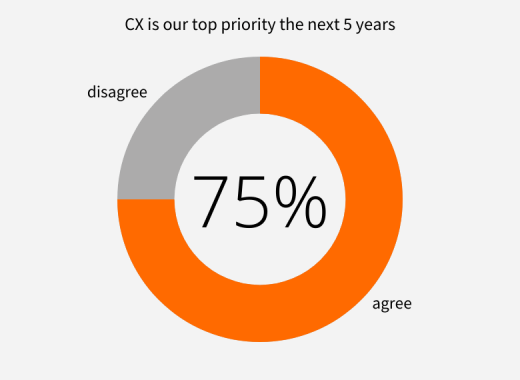
CX not yet the main priority
The second statement, whether CX is a top priority, is also answered with 'yes' by the majority. However, it is not the main priority: these are themes such as digitization, sustainability and growth. The participants who answered 'no' explained that CX does contribute to product development, innovation, digitization and customer satisfaction.

Distinguished with CX
More than half see opportunities to differentiate themselves with CX. This was the third statement. We expected this percentage to be higher, due to CX developments in the international and Dutch market. Yet for many organizations it is still under development and an ambition. One of the respondents thinks that we are moving towards a predictive experience, instead of the customer experience and customer satisfaction of the moment.
From finding to binding customers
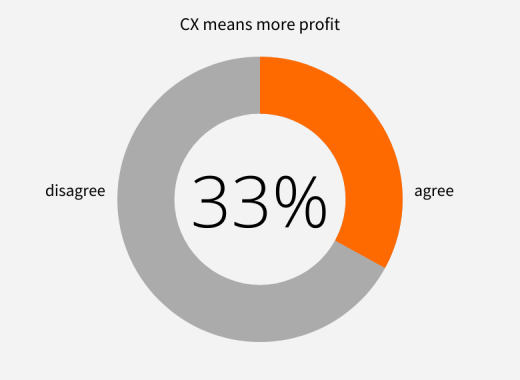
Is CX profitable?
People are divided on the fourth statement: that CX yields more profit. One third expect that investing in CX will result in increased profits not only in the long term, but also in the short term. For the majority, investing in CX is profitable in the long run, but costly in the short term.
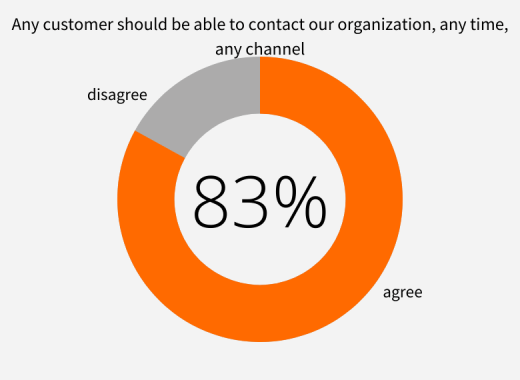
Organizations must always be reachable
The majority agrees with the fifth statement: an organization must always be reachable. Clients increasingly expect accessibility, such as opening hours outside traditional business hours. Social media is not seen as a preferred channel for B2B, but contact via chat and WhatsApp is. One respondent wants to integrate all customer communication, offline and online, within one channel. Another, often mentioned ambition is to create a central customer view.
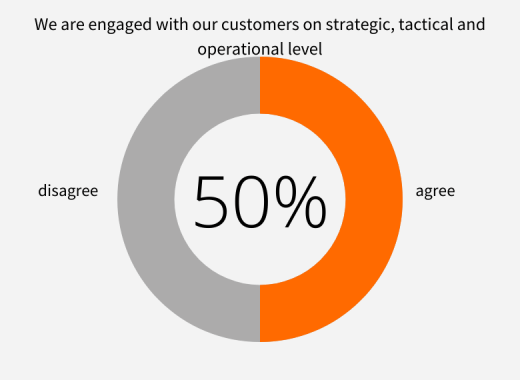
More knowledge of strategic challenges at customers
Half of those surveyed say they are connected to their business customers on a strategic, tactical and operational level. Sales managers, account managers and project managers play an important role in this. By training employees, there is more knowledge and understanding of strategic challenges and opportunities among customers and clients. As a result, many companies can strengthen the bond as a fully-fledged business partner. However, several organizations still have a gap at the strategic level. In addition to knowledge, this has to do with a gap between the service and sales departments.
CX and at the same time making processes more efficient go well together
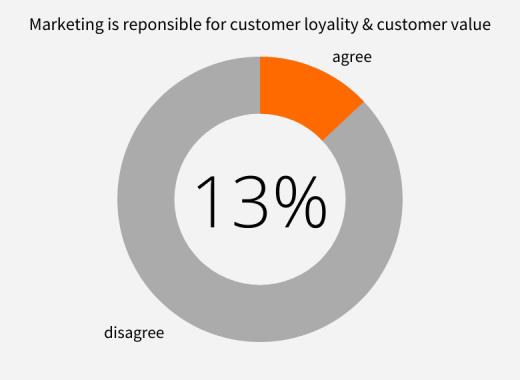
Is marketing verantwoordelijk voor customer loyalty - en care?
The majority disagree with the seventh statement: that marketing is responsible for customer loyalty and customer value. Marketing mainly has a supporting role in business services; customer development and customer value lie with the sales department in most B2B organizations. There is a clear difference with B2C organizations here.
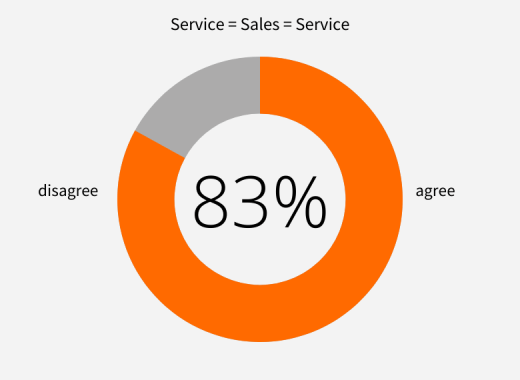
Sales = Service = Sales
The majority agree with statement eight to integrate sales and service more, so that commercial opportunities can be better exploited. Training and education are the most important tools to improve this.
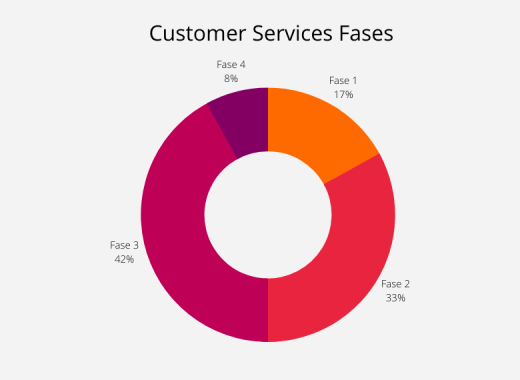
Customer Care maturity level
Finally, we asked the respondents at what maturity level Customer Care is and where the challenges lie. The majority of organizations are in phase 2 and phase 3. In phase 2, multichannel, investments are made in technology. The customer contact channels are not yet fully integrated and there is not always a single customer view. Phase 3 is an omnichannel environment with integrations, where further investments are made in digitization and CRM. 17 percent of the respondents see customer service as a cost item (phase 1) and 8 percent see it as an opportunity to increase profits, data analytics are actively used and there are initiatives to proactively serve customers (phase 4).
Service department should no longer exist with a perfect CX
Customer Experience: an important spearhead in strategy
CX appears to be an increasingly important theme for the organizations we interviewed. It is an important spearhead in the strategy, but it can be explained in many ways and is not supported by everyone.
Most organizations are in a development phase for CX. Digitization of processes, the use of e-commerce within B2B and the use of self-service play an important role in this.
Here we see a difference between the different sectors; telecom and financial institutions have come a long way in digitizing processes compared to the IT and Retail organizations we interviewed.
CX is one of the strategic spearheads of more and more organizations within B2B, but it is not always clear how organizations can distinguish themselves with CX. Engagement at a strategic level with business customers is seen as important to be and remain relevant.
The main CX challenges are providing insight into the ROI by investing in CX; creating support within all layers of the organization. In addition, narrowing the 'gap' between sales and service and being able to clearly formulate strategic goals and what contribution CX can make therein.
Curious about what SalesQ can do for your organization in the field of Customer Experience? Check out our website or contact us at info@salesq.nl or +31 23 711 32 00

